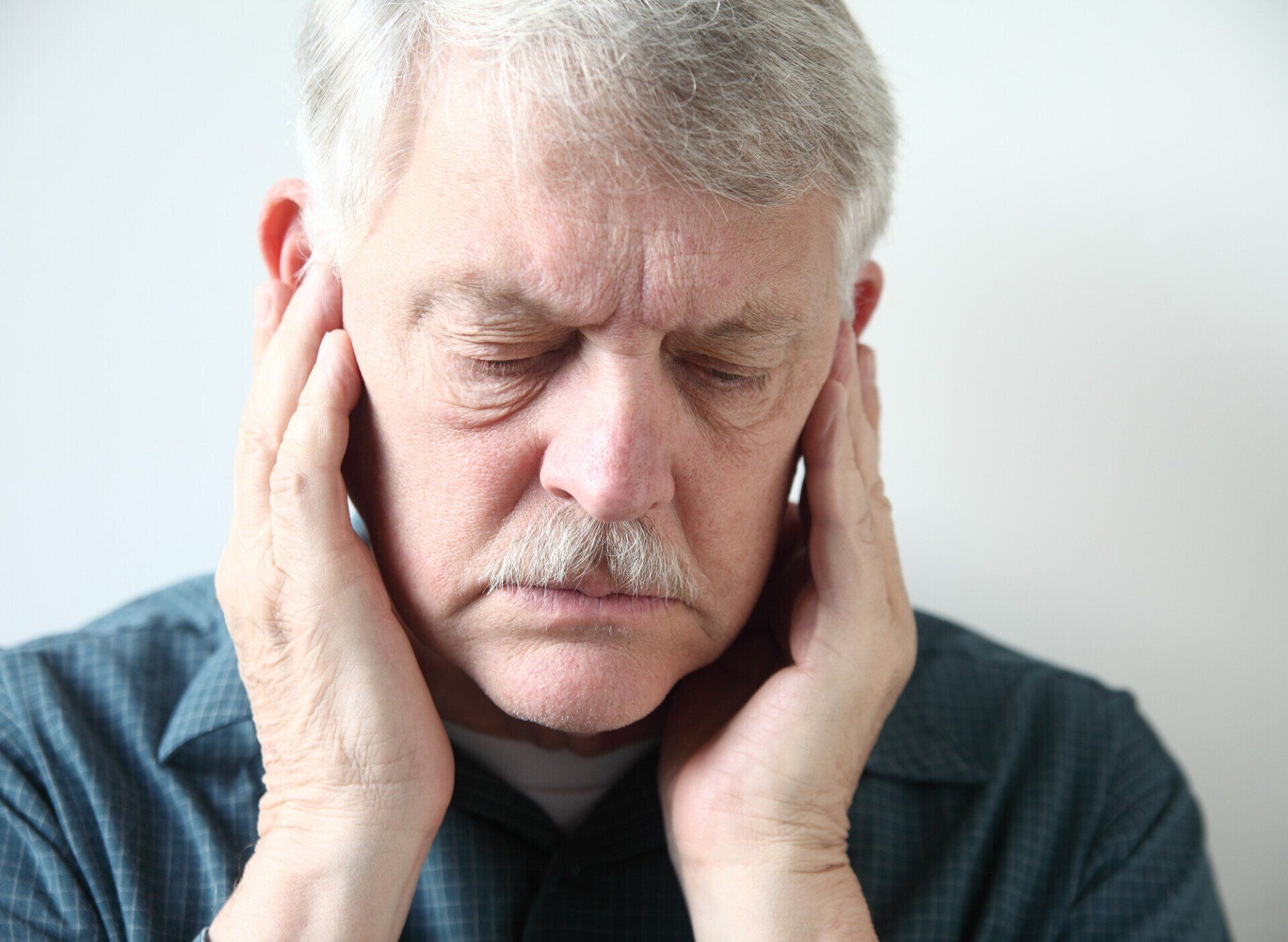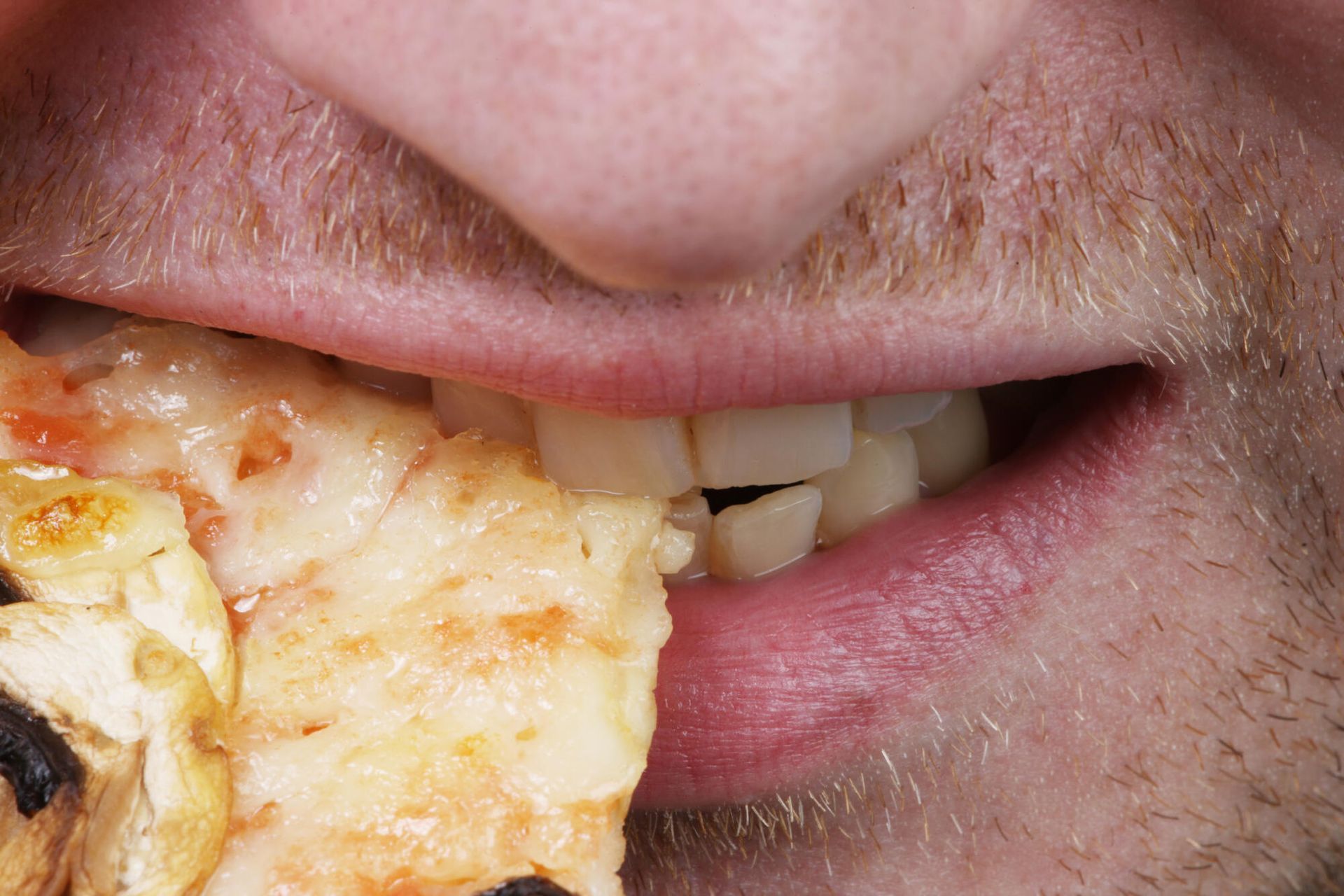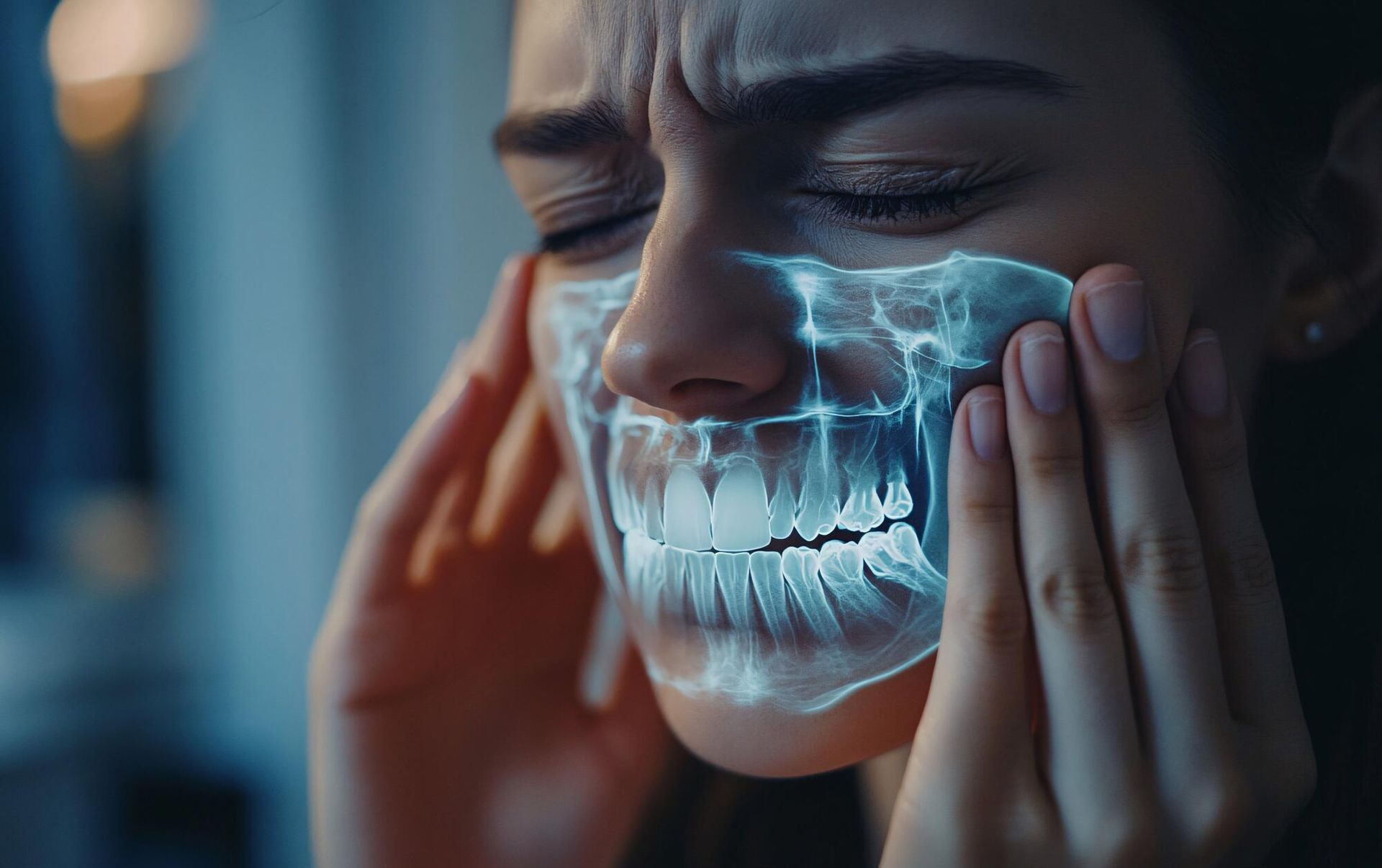6 Effective TMD Relaxation Techniques

TMD, or temporomandibular disorders, are incredibly common issues with the temporomandibular joints (or TMJ). In fact, up to 12% of people in the United States suffer from these disorders.
Causing severe jaw pain, popping in the jaw, and other issues with the jaw joints, TMD can drastically impact your quality of life.
A big way to treat TMD is by using special TMD relaxation techniques to ease tension in the muscles surrounding the jaw joints. In this guide, we'll explore all the top ways to relax to ease any pain or discomfort.
What is TMD?
The temporomandibular joints, or TMJ, play a crucial part in the functioning of your jaw. Providing the hinge-like motion that opens and closes the mouth, the TMJ can easily become affected by several kinds of disorders. These disorders are known broadly as TMD.
Though there can be many causes of TMD, the most common one is dental tensing or tensing of the jaw muscles. Things like teeth grinding, clenching your teeth, or other genetic problems such as arthritis can all be causes of TMD.
Commonly reported symptoms of temporomandibular disorders include:
- Facial pain that can extend to the ears
- Pain when chewing
- Lockjaw, or a locked jaw joint
- Clicking or popping of the jaw when in motion
- A feeling of tiredness in jaw muscles
In some cases, TMD can only be treated with surgical solutions. Your dental practice can help you obtain the correct diagnosis and treatment options.
However, if your TMD is the result of stress, there are a few relaxation techniques you can use to help ease the tension.
TMD Relaxation Techniques
Stress can result in a number of physical symptoms that can really disrupt your everyday life. That's why TMJ pain relief exercises are commonly used in patients with high stress levels that contribute to worsening TMD symptoms.
Follow these tips to learn how to relax.
1. Deep Breathing Exercises
One of the first lines of defense against high levels of stress is practicing conscious breathwork. Deep breathing exercises can help open up your airways and raise your oxygen levels. This is great for your overall energy levels and brain health.
Even something as simple as taking a few deep breaths each day can help clear your mind and ease your body.
This simplest breathing exercise is to take a deep breath and hold it for five seconds. Then exhale slowly. Repeat these steps until you feel the relaxation wash over you, usually after about a minute.
2. Embrace Daily Routines
Routines are a great way for our bodies to feel comforted and safe. By building up the muscle memory associated with a routine, you can ease the stress of feeling rushed or forgetful.
Use your mornings to practice proper hygiene and generate energy. Then, at night, create a calming environment and a gentle wind-down. All of these will ensure your body feels well-rested and ready to go.
While it's good to keep some spontaneity in your life, daily routines can eliminate some of the stressful shocks that could otherwise be easily avoided.
3. Use TMJ Pain Relief Exercises
There are a few exercises that can help your jaw muscles to become loose and limber. A common mantra that many TMD sufferers use is "lips together, teeth apart." Repeating this can provide a nice stretch to your jaw.
However, there are also a few other exercises you can incorporate once or twice a day to help increase jaw mobility and strengthen jaw muscles.
These include:
- Moving your jaw forward and side-to-side
- Touch the tip of your tongue to your top front teeth
- Move your mouth into a goldfish shape, open fully and partially
- Place a finger beneath your chin and open your mouth
- Place a finger between your chin and lower lip and close your mouth
Add these exercises into your daily routines for maximum impact!
4. Enjoy a Warm Bath
One of the easiest ways to relax is by running a warm bath. Warm baths help to relax all the muscles of your body, including those in your jaw.
You can up the ante of a relaxing bath by adding things like essential oils or bath salts. Oils and salts in relaxation-inducing odors such as lavender or eucalyptus are usually the most effective.
A warm bath can also be the perfect time to practice a few deep breathing or TMJ pain relief exercises.
5. Practice Mindfulness and Meditation
A clear mind leads to a relaxed body. Mindfulness and mediation are great tools for relieving the stress of everyday life.
During your nighttime routine, take a few moments before bed to clear your mind. Close your eyes and think only of relaxation. Think of each of your body parts slowly relaxing and feeling free from pain.
If you struggle with meditation, there are guided meditation programs that can be quite helpful.
6. Get Plenty of Sound, Consistent Rest
A nighttime routine should also come with a consistent bedtime. This is an essential part of maintaining holistic well-being.
Consistent bedtimes lead to a healthy circadian rhythm that can lead to your body naturally relaxing at a certain time of day. A common bedtime can also help ease any troublesome teeth grinding that could be contributing to TMD symptoms.
Ease the Tension of TMD
Now that you know a few useful TMD relaxation techniques, you can set out to ease common TMJ pains that may trouble your daily life. By cultivating healthy, holistic well-being, you will also help leave troublesome TMD symptoms behind.
Contact our office if you think you may have TMD or are still struggling with symptoms even after employing these techniques. We can help you find the relief you need to keep your mouth healthy and pain-free.












